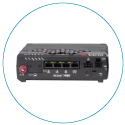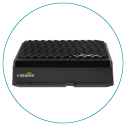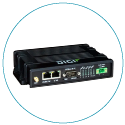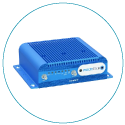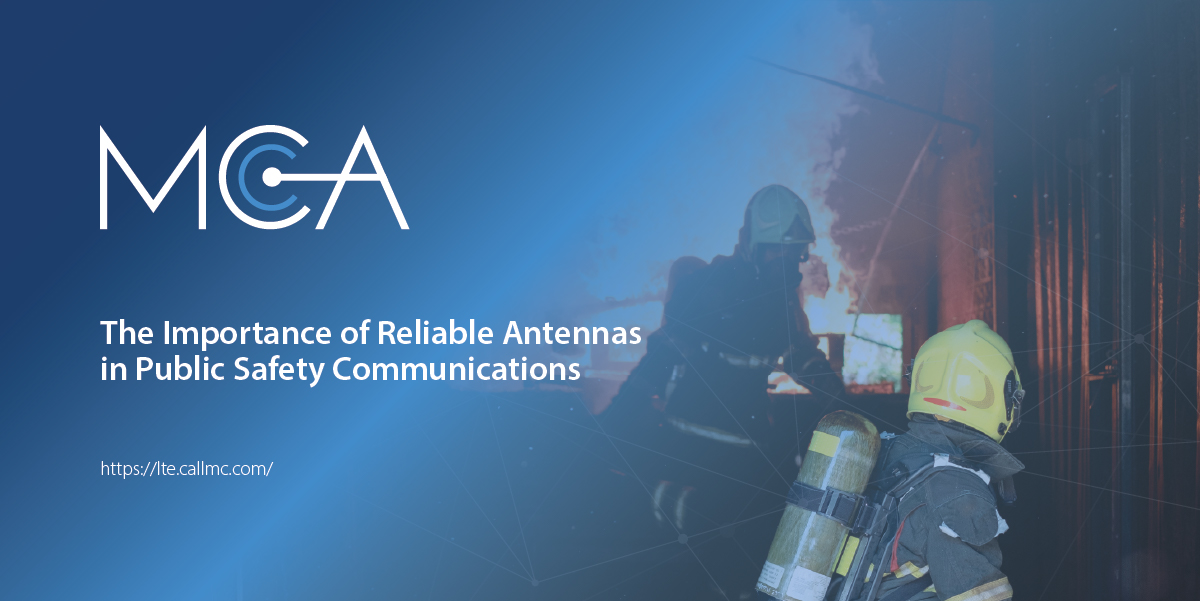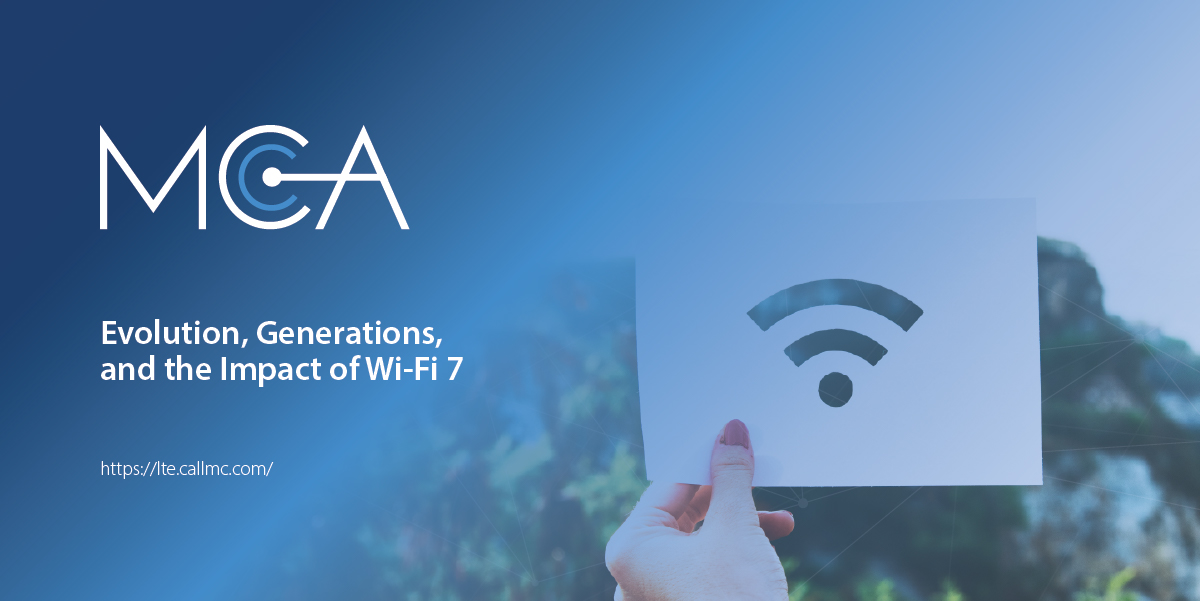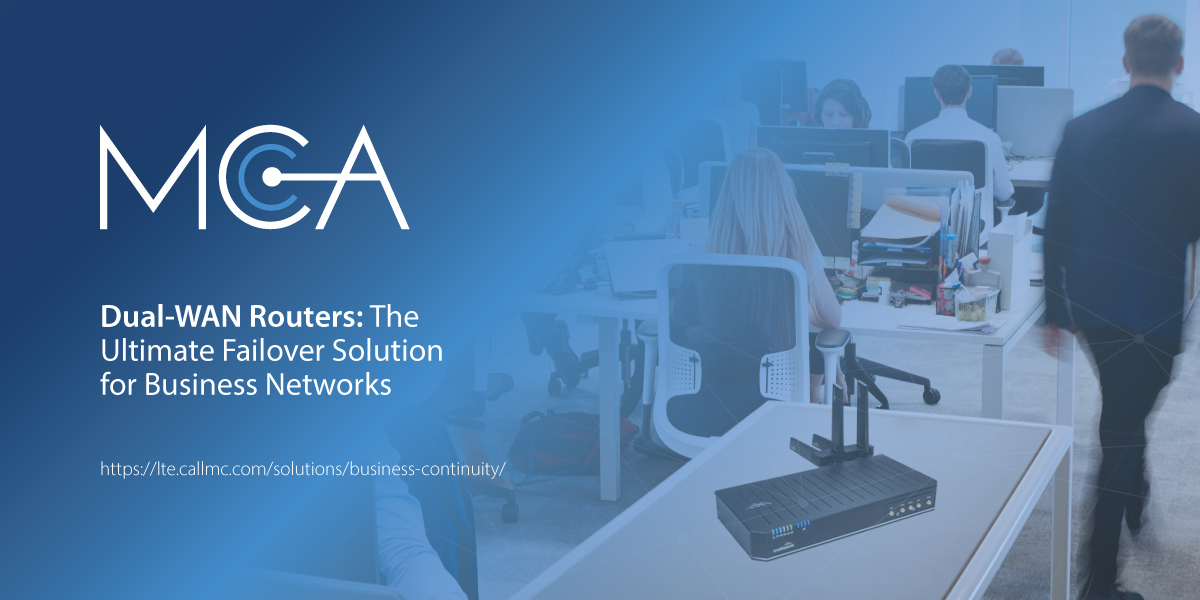FAQ: Diversity Antennas Incorporating 5G Technologies
What Are Diversity Antennas Do? and What Do They Do?Diversity antennas are designed to improve the quality and reliability of wireless communications by utilizing multiple antennas. Typically, these systems employ two or more antennas to handle and process the incoming and outgoing signals. The primary purpose of diversity antennas is to address issues related to multipath interference. This interference occurs when radio waves reflect off surfaces like buildings or hills and arrive at the receiver from various angles.
These reflected signals can combine with the direct signals, leading to constructive or destructive interference. Constructive interference can enhance signal strength, while destructive interference can weaken it. By using multiple antennas, diversity systems can effectively reduce the negative effects of this interference, ensuring a more stable and reliable communication experience.
How Do Diversity Antennas Work With Different Technologies?
2G/3G Connections
Historically, diversity antennas have benefitted 2G and 3G connections, particularly in combating multipath interference. These early generations of wireless technology relied on simpler antenna setups, and diverse antennas helped improve signal quality and reliability. However, as technology has advanced, most 2G and 3G networks are being phased out globally. The focus has shifted to newer technologies with more sophisticated capabilities.
4G Connections
With the advent of 4G, the standard for enhancing wireless communication has become the implementation of MIMO (Multiple Input Multiple Output) technology. MIMO utilizes multiple antennas to address interference and increase the channel's capacity and data transfer speeds. In a typical 4G setup, devices have at least two antennas. This configuration improves throughput and signal integrity by actively using all available antennas. MIMO systems enhance communication by sending and receiving more data streams simultaneously, significantly boosting overall performance.
5G Connections
The introduction of 5G technology has brought about even more advanced techniques, such as massive MIMO and beamforming. 5G networks use a much larger number of antennas than previous generations, enabling them to support complex operations like beamforming. Beamforming directs the signal more precisely towards the user rather than spreading it widely, resulting in more efficient use of the available spectrum. Massive MIMO systems in 5G can include arrays of dozens of antennas, significantly improving signal strength, minimizing interference, and enhancing data rate efficiency. These systems are crucial for meeting the high demands of 5G applications, which include ultra-fast data transfer and low-latency communications.
Why Are Identical or Highly Similar Antennas Recommended For Diversity Setups?
Modern cellular routers offer a variety of antenna configurations beyond the traditional single or pair of identical antennas. Advanced configurations that integrate multiple antennas within a single housing are available. Depending on the router model, these multi-element antenna systems can range from two to ten or more antennas. Such configurations enhance performance by accommodating a wider range of signal conditions and operational environments.
For instance, some routers have integrated antennas optimized for specific functions, such as high-speed data transfer or extended range. These advanced antenna setups provide greater flexibility and robustness, making them suitable for diverse applications and usage scenarios.
What Are The Practical Benefits Of Using Diversity Antennas In Real-World Applications?
The practical benefits of diversity antennas are significant and impact various aspects of wireless communication:
Reduced Dropped Calls and Disconnects
One of the most noticeable benefits is reduced dropped calls and disconnects, particularly in mobile communication scenarios. Diversity antennas improve signal reliability, crucial for maintaining stable voice and data connections, especially in challenging environments such as urban areas with high buildings or rural locations with sparse coverage.
Improved Data Throughput
Diversity antennas enhance data throughput in densely populated areas or during large public events. By mitigating interference and optimizing signal reception, these antennas ensure that users experience faster and more reliable data transfer rates. This is particularly important in scenarios where many users are accessing the network simultaneously, such as concerts, sports events, or urban centers.
Enhanced Reliability for Critical Communications
For sectors like public safety and commercial enterprises, diversity antennas provide enhanced reliability and stability of signals. Critical communications, such as emergency services or business operations, rely on consistent and dependable connectivity. Diversity antennas help ensure that these communications remain effective even in challenging conditions.
Higher Data Rates
As the demand for high-definition video streaming and bandwidth-intensive services grows, diversity antennas support higher data rates. This capability is essential for applications requiring substantial bandwidth, such as streaming services, online gaming, and smart device communications. As we move towards a more connected world with IoT and smart devices, the ability to handle high data rates becomes increasingly crucial.
As wireless communication technologies continue to evolve, particularly with the rollout of 5G and potential future standards, the sophistication and importance of antenna systems are set to increase. Diversity antennas will play a pivotal role in supporting high-speed, reliable communication infrastructures, addressing the growing demands of modern technology, and ensuring seamless connectivity in a wide range of applications.
About MCA and Our CNS Team
MCA is one of the largest and most trusted integrators in the United States, offering world-class voice, data, and security solutions that enhance the quality, safety, and productivity of customers, operations, and lives. More than 65,000 customers trust MCA to provide carefully researched solutions for a safe, secure, and more efficient workplace.
Our Cellular Networking Solutions (CNS) team (formerly known as USAT) is made up of certified experts in designing and deploying fixed and mobile wireless data connectivity solutions for public and private enterprises nationwide - complete with implementation, training, proof of concept (POC), system auditing, and on-site RF surveying services with optional engineering maintenance contracts.
Our extensive catalog of world-class routers, antennas, and software designed for remote monitoring and management in even the harshest environments allows us to deliver a full suite of reliable technologies capped with a service-first approach.
Share this Post
